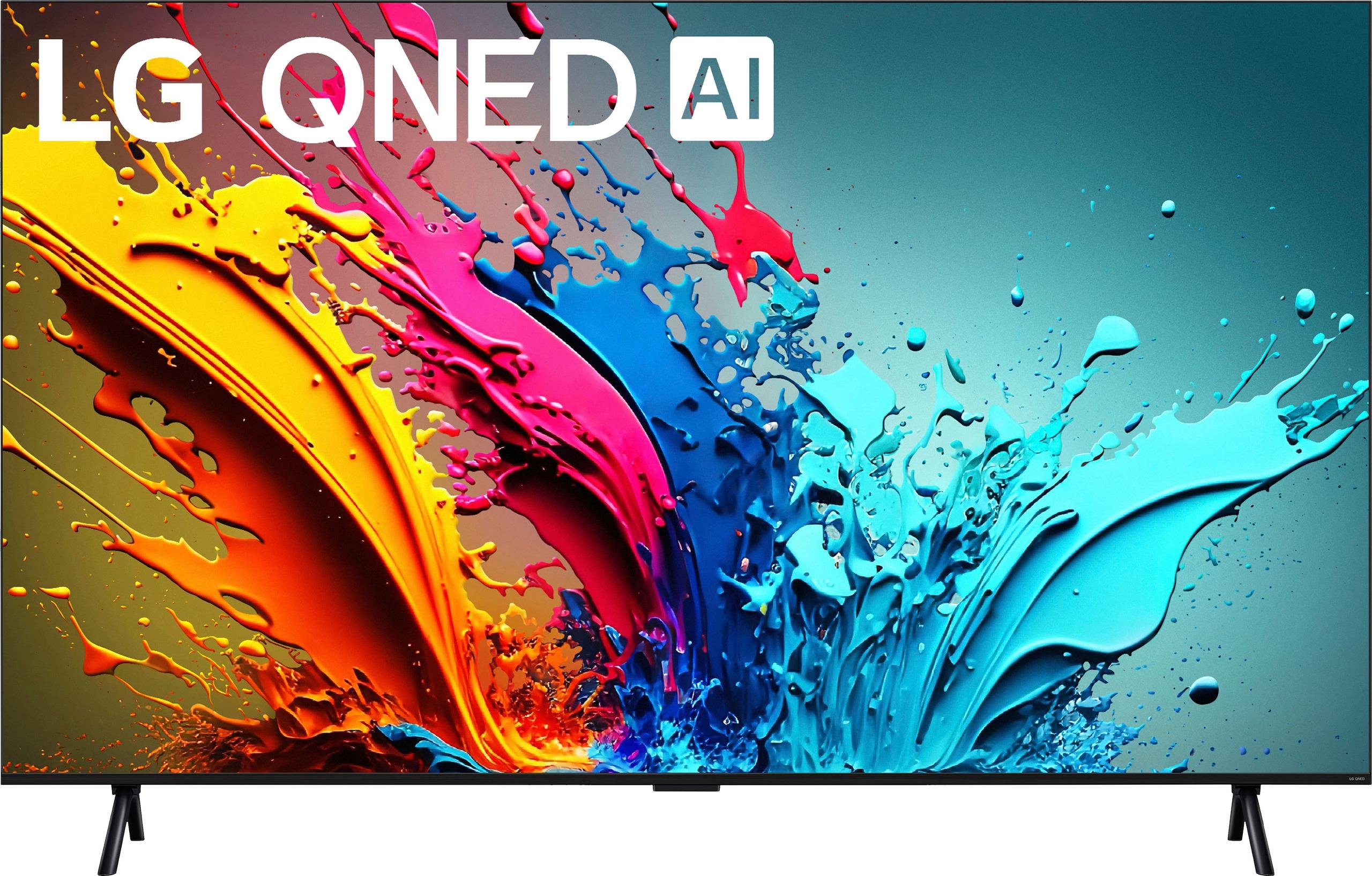
The world of giant TVs has become surprisingly accessible, with 98-inch models now appearing in more homes than ever. Today, we'll compare two major contenders in this space: the LG 98" QNED priced at $3,999 and the TCL 98" QM7 Series at $2,299. Both launched in the past year, bringing cinema-sized experiences into living rooms at increasingly reasonable prices.
Think of 98-inch TVs as home theater game-changers - they're literally wider than many people are tall. At this size, you're not just buying a TV; you're investing in a theatrical experience. The technology has evolved significantly since the first consumer 98-inch displays appeared around 2019, with prices dropping from $60,000+ to today's more attainable range.
What makes these particular models special is their timing. Both the LG QNED and TCL QM7 represent the latest advancements in their respective technologies, arriving in late 2023 and early 2024. They're riding the wave of recent innovations in LED backlighting and processing power.
The fundamental difference between these TVs lies in their backlight technology. The TCL uses Mini-LED, which means thousands of tiny LED lights create the backlight, allowing for more precise control of bright and dark areas. The LG uses a more traditional LED arrangement but adds both quantum dots (for better colors) and their NanoCell technology (which helps purify colors).
In practical terms, this means:
Having seen both technologies in action, the Mini-LED advantage is noticeable, especially in HDR content where bright objects appear against dark backgrounds - think starfields or cityscapes at night.
For everyday viewing, both TVs excel, but they have different strengths:
Movies and TV Shows:
Gaming: TCL takes the lead here with:
The LG isn't far behind but focuses more on general performance than gaming-specific features.
Both TVs offer comprehensive smart platforms:
The interfaces are both user-friendly, but Google TV tends to have more frequent updates and better content recommendations.
The $1,700 price difference between these TVs can't be ignored. Let's break down what that means:
The TCL QM7 at $2,299 offers:
The LG QNED at $3,999 provides:
In a dedicated home theater setting, these TVs perform differently:
For Dark Room Viewing:
For Mixed-Use Spaces:
The size of these TVs means you'll need significant wall space and proper mounting solutions. I'd recommend professional installation for either model - they weigh over 130 pounds each.
Your choice should depend on your primary use case:
Choose the TCL if:
Choose the LG if:
Both TVs represent the current state of large-format display technology, but they're approaching it from different angles. The TCL embraces newer Mini-LED technology and aggressive pricing, while LG relies on refined traditional LED technology and brand reputation.
The good news is that either choice brings cinema-sized entertainment home at prices that would have seemed impossible just a few years ago. The TCL QM7 offers better value and performance in most metrics, while the LG QNED provides peace of mind through brand reliability and proven technology.
As these technologies continue to evolve, we'll likely see even better performance at lower prices, but for now, these represent excellent options for anyone ready to super-size their viewing experience.
| LG 98" QNED ($3,999) | TCL 98" QM7 ($2,299) |
|---|---|
| Price Point - Core consideration for value and features gained/lost | |
| $3,999 (premium pricing) | $2,299 (exceptional value for size/features) |
| Display Technology - Impacts overall picture quality and brightness control | |
| QNED (LED with quantum dots + NanoCell) | QD Mini-LED (newer tech, better local dimming) |
| Peak Brightness - Critical for HDR impact and daytime viewing | |
| Unspecified (likely 800-1000 nits) | 2,400 nits (excellent for bright rooms) |
| Local Dimming Zones - More zones mean better contrast control | |
| Standard LED dimming (fewer zones) | Up to 1,500 zones (better contrast control) |
| Gaming Features - Important for next-gen console gaming | |
| 120Hz refresh rate, basic VRR | 144Hz VRR, AMD FreeSync Premium Pro |
| Smart Platform - Affects daily usability and app support | |
| webOS (mature, stable platform) | Google TV (frequent updates, better recommendations) |
| Audio System - Built-in sound quality matters if not using external speakers | |
| 2.2 channel system | 2.1 Onkyo system with dedicated subwoofer |
| Brand Reliability - Consider long-term support and quality control | |
| Established premium brand, proven track record | Newer premium player, emerging quality reputation |
| Processing Technology - Affects upscaling and motion handling | |
| α8 AI Processor (proven performance) | AIPQ PRO (newer but capable processor) |
The TCL 98" QM7 is significantly cheaper at $2,299, compared to the LG 98" QNED at $3,999, representing a $1,700 savings.
For a true cinema experience, viewing distance should be 1.5-2x the screen width. A 98-inch TV is ideal for seating distances of 11-15 feet, making it perfect for larger home theaters.
Yes, professional installation is highly recommended for both models as they weigh over 130 pounds and require proper wall mounting or stable furniture rated for their weight.
While both TVs include decent built-in audio systems, for a proper home theater experience, an external sound system is recommended regardless of which TV you choose.
We've done our best to create useful and informative comparisons to help you decide what product to buy. Our research uses advanced automated methods to create this comparison and perfection is not possible - please contact us for corrections or questions. These are the sites we've researched in the creation of this article: bestbuy.com - greentoe.com - pcrichard.com - rtings.com - rtings.com - videoandaudiocenter.com - ecdcom.com - youtube.com - bestbuy.com - displayspecifications.com - techradar.com - youtube.com - kitele.com - youtube.com - bestbuy.com - youtube.com - business.walmart.com - avsforum.com - tcl.com - circuitworldonline.com - tcl.com - bestbuy.com/6580694) - rtings.com - bestbuy.com - displayspecifications.com - tcl.com